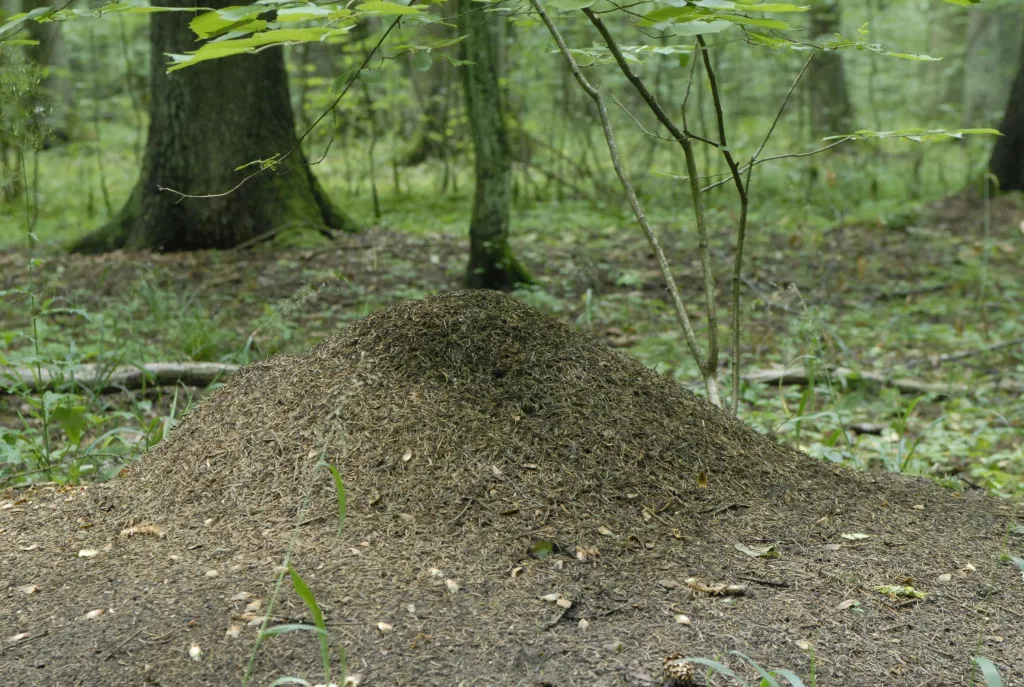
In times of starvation, ant workers eat their dead nest mates. And if the corpse is infected with a fungus, they disinfect it with formic acid before consumption - in the case of more severely infected corpses, they apply a higher dose of acid and then leave the corpse in a ‘cemetery’.
This is the finding of a team of scientists from the University of Szeged (Hungary) and the Polish Academy of Sciences: Museum and Institute of Zoology and the Institute of Nature Conservation.
They studied the laboratory strategies of ants related to the survival of the period of starvation. The phenomenon occurs in natural conditions, especially at the beginning or end of the season, when they do not have access to honeydew (aphid secretions) and other sources of animal protein, which they usually feed on. For years, researchers have known that during such periods, ants eat each other. Now, the previously unknown, unusual practice has been discovered.
Dr. Magdalena Lenda from the Institute of Nature Conservation PAS and the University of Queensland said: “It turns out that the ants forced to cannibalistic necrophagy, before consuming their nestmates or conspecific non-nestmates, spray the corpses with formic acid. This happens when they detect that the corpse is infected with by a harmful fungus.
The finding concerns worker ants of the European red wood ant species Formica polyctena. Interestingly, these ants do not spray all corpses to the same degree. Those slightly infected (fungus spores on the surface) are sprayed only slightly, and those more infected, where hyphae and sporangia are present, are also sprayed more. In the former case, the corpses are moved to the nest and eaten (because the dose of acid is not lethal), and in the latter, they are transported beyond the nest or to its edge, to an area that can be defined as a cemetery.
Lenda said: “It's an area to which ant corpses are carried that are heavily contaminated with fungus, which cannot be eaten, because it could be harmful to other ants. They are still heavily sprayed with formic acid, probably to prevent possible epidemics within the nest.”
In her opinion, ants probably also use formic acid to disinfect the corpses of ants with other types of infections, but so far no such phenomenon has been observed in laboratory conditions.
The researchers found that ants use formic acid found in the back of their abdomen to disinfect the bodies of their nestmates or conspecific non-nestmates. They use this acid mainly when threatened, against their natural enemies.
The publication appeared in Scienific Reports. Its authors also include István Maák, Eszter Tóth, Gábor Lőrinczi, Anett Kiss, Orsolya Juhász, Wojciech Czechowski and Attila Torma.
PAP - Science in Poland
author: Szymon Zdziebłowski
szz/ ekr/ kap/
tr. RL
Gallery (2 images)
-
 1/2Photo: Istvan Maak
1/2Photo: Istvan Maak -
 2/2Photo: Istvan Maak
2/2Photo: Istvan Maak













